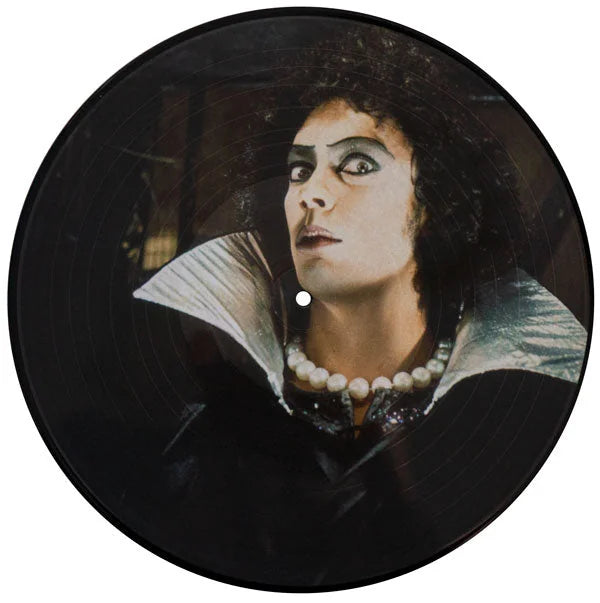Collecting vinyl is not just about music; it’s about owning a piece of history. Valuable vinyl records often include limited edition pressings, albums with unique cover art, or recordings from historic live performances. These collectibles are highly prized not only for their aesthetic and historical value but also as investments. As vinyl becomes more popular, the rarity and uniqueness of certain pressings increase their monetary value, attracting collectors from all walks of life.

Must-Have Vinyl Releases for Every Collection
Classic Albums
Albums like The Beatles’ "Abbey Road" embody the innovative spirit of the 1960s, a time when music evolved into an art form that could push boundaries and shape culture. The warm sound of vinyl enhances this experience, drawing listeners into the intricate melodies and harmonies that define this era. Collectors often find that the analog warmth of vinyl offers a more intimate, tactile experience, with each crackle and pop adding to the authenticity of the music. Albums like Pink Floyd’s "The Dark Side of the Moon" transcend music and become cultural touchstones. This record, with its conceptual focus and experimental soundscapes, introduced millions to the possibilities of music as an emotional and cerebral journey. Beyond the artistic and cultural significance of these albums, vinyl also offers a sense of connection to the past. Michael Jackson’s "Thriller," for example, is not only the best-selling album of all time but also a symbol of the global reach of music in the 1980s. For collectors, owning "Thriller" on vinyl is a way to capture a piece of that era, an acknowledgment of Jackson’s influence not just as a pop star but as a cultural icon.
Iconic Limited Edition
Limited edition releases can be the jewels of a vinyl collection due to their uniqueness and potential to be appreciated. These editions might feature colored vinyl, alternate cover art, or bonus tracks not available on standard releases. For instance, the white vinyl pressing of The Beatles’ "White Album" is highly sought after by collectors. Such editions are not just music records; they are pieces of art that offer something special to their owners.
Best Vinyl Records to Collect
Exploring the best vinyl genres can lead to a diverse and rich vinyl collection. Jazz enthusiasts might seek out original pressings of Miles Davis or John Coltrane. Fans of rock could look for Led Zeppelin or The Rolling Stones, while soul lovers would treasure albums by Aretha Franklin or Marvin Gaye. Each genre offers standout albums that are essential for a well-rounded vinyl library, providing a range of auditory experiences.
Popular Vinyl Albums for Modern Music Lovers
Contemporary music releases on vinyl are increasingly popular vinyl records among newer collectors. Albums like Adele’s "21" and Kendrick Lamar’s "DAMN" are examples of modern music that is also available on vinyl, catering to the demand for current sounds in this classic format. These releases often come with high-quality pressings and exclusive artwork, making them appealing both sonically and visually.
Rare and Valuable Vinyl Records to Collect
What Makes It Valuable?
Rarity is a primary driver; albums that had limited pressings or were discontinued quickly tend to accrue more value. The condition also plays a crucial role, with mint condition records fetching higher prices. Historical significance, such as albums that marked a debut or a final recording, can also elevate a vinyl’s worth. Furthermore, albums with misprints or unusual features (like an alternate cover) are particularly coveted for their uniqueness and scarcity.
How to Spot Rare Vinyl in Record Stores
Identifying these in vinyl record stores can be a thrilling yet daunting task for collectors. Here’s a detailed guide and a numbered list to help you navigate your next record-hunting adventure:
- Research Before You Go: Before setting foot in any record store, it's essential to familiarize yourself with the artists, albums, and pressings that are known to be rare or valuable. Doing your homework can make the difference between finding a hidden gem and passing it by. Explore online forums dedicated to vinyl collecting, check price guides, and visit websites that specialize in rare records to build your knowledge. Being aware of specific first pressings, limited editions, and discontinued albums will give you a sharper eye once you're in the store. This preparation can also save you time, as you'll know what to look for without sifting through countless records aimlessly.
- Inspect the Condition: The condition of a vinyl record significantly impacts its value, making it crucial to examine it thoroughly before making a purchase. Always check both the record itself and its sleeve for any visible damage, such as scratches, warping, or stains. A well-preserved record in near-mint condition will fetch a higher price and is more desirable for collectors. Pay close attention to the grooves for any wear or damage that could affect sound quality. Additionally, the quality of the album sleeve, inserts, and any original packaging can add to the value. In some cases, a pristine sleeve may be worth keeping even if the record is slightly damaged.
- Seek Out Promotional Copies: Promotional copies, often labeled "promo" or marked "not for sale," are pressings sent out to radio stations, journalists, and industry insiders before an album’s official release. These records tend to have unique features, such as alternate cover art, special labels, or extra liner notes, making them particularly sought after by collectors. Since they were produced in smaller quantities, promo records are generally rarer than standard releases. When you come across a promotional copy in a record store, it's worth giving it extra attention. Even if the artist or album isn’t widely known, promos can still hold significant value due to their limited availability.
- Look for Misprints and Errors: Another indicator of a rare vinyl record is the presence of misprints or errors. These can range from incorrect track listings to misaligned labels or even the wrong album art. Because they are mistakes from the manufacturing process, these records are usually part of a limited batch, making them more valuable to collectors. Misprints are often seen as unique anomalies, and in some cases, they may be worth more than a regular, flawless pressing. If you notice something odd about a record, whether it's the label or the jacket design, it's worth investigating further, as you might have stumbled upon a rare misprint.
- Ask the Experts: Don’t underestimate the value of consulting the store staff or fellow vinyl enthusiasts while hunting for rare records. Many record store employees are avid collectors themselves and can provide valuable insights into the rarity and significance of certain pressings. They might also know if the store has any rare or hidden gems that aren't immediately visible on the shelves. Engaging in conversation with other shoppers can also be beneficial, as they may share knowledge about specific artists, labels, or trends in vinyl collecting. The expertise and experience of others can guide you toward records you might otherwise overlook.
By following these tips, you'll be better equipped to identify rare vinyl and make informed purchases that add value to your collection. Remember that finding rare records often requires patience and persistence, so don't be discouraged if you don't strike gold right away.

Guide to Building a Vinyl Collection
Essential Beginner's Vinyl Tips
Embarking on the journey of collecting vinyl can be exhilarating, especially with a few foundational tips in hand. First, it’s important to prioritize quality over quantity; focus on acquiring records that truly resonate with you or are known for their exceptional sound quality. Next, invest in a reliable record player that won't damage your vinyl. Learning about the various record grades and understanding what makes a vinyl mint, near mint, or good can also save you from future disappointments.
Where to Buy Vinyl Records
Choosing where to purchase your records is a crucial decision for any collector. Local vinyl record shops offer the advantage of physically inspecting the condition of the vinyl before buying. These shops often provide a community feel and direct access to expert advice. Online shopping, however, offers convenience and a potentially wider selection, especially for those seeking specific pressings or rare albums. Both avenues have their merits, and many collectors find a balanced approach works best, utilizing both local and online sources to build their collections.
Finding Hidden Gems
These finds often come from digging through bins and being willing to explore less popular albums or artists. Many stores have sections for discounted items, which can be a goldmine for rare records that have not been picked up by others. Building rapport with store owners and staff can also lead to tips on upcoming sales or rare acquisitions that aren’t yet on the shelves.
Vinyl Record Care Tips
How to Properly Store Vinyl Records
With careful attention to storage conditions, you can protect your records from damage while making them easily accessible for enjoyment. Below are some practical steps to enhance both the organization and preservation of your collection. By following these guidelines, you'll help keep your vinyl in top condition for years to come:
- Use Sturdy Shelving: Investing in durable shelving is crucial for vinyl storage. Vinyl records are deceptively heavy, especially as your collection grows, so using flimsy or weak shelving can lead to sagging or collapse. Opt for sturdy shelves made from materials like wood or metal that can bear significant weight. Choose shelves that fit the dimensions of your records, so they aren’t hanging over the edge or squeezed into too-tight spaces. Proper shelving not only keeps your collection safe but also makes it easier to organize and access your albums whenever you need them.
- Keep Records Upright: Storing vinyl records upright is one of the most important aspects of proper storage. Records that are laid flat or stacked at an angle can warp over time due to uneven pressure. Warping can seriously affect playback, causing your records to skip or produce distorted sound. To prevent this, ensure your records are placed vertically and have enough support on either side to avoid leaning. Consider using dividers if your collection is small, as this can help keep them straight until your collection fills the shelf.
- Avoid Sunlight and Heat: Prolonged exposure to sunlight can cause records to fade or warp, while heat can soften the vinyl, leading to permanent damage. It’s essential to store your records away from windows, radiators, and heat sources like lamps. Ideally, your vinyl collection should be kept in a cool, dark place where temperature fluctuations are minimal. This precaution will protect both the records and their outer sleeves, preserving the quality of both sound and artwork.
- Control Humidity: If you live in a humid area, consider investing in a dehumidifier to maintain optimal air quality around your collection. High humidity can lead to mold growth on records and their covers, while low humidity can make the sleeves brittle. Aim to keep the humidity level around 40-50% for the best results. Keeping your records in a climate-controlled environment will ensure they remain in excellent condition, free from the warping and damage that humidity can cause.
- Dust Regularly: Dust is one of the biggest enemies of vinyl records, as it can settle into the grooves and impact the quality of playback. Investing in anti-static inner sleeves can also protect your records from attracting dust. Regular dusting will not only preserve your collection but also ensure your listening experience remains high-quality.
Proper shelving, careful placement, and attention to environmental factors such as heat, humidity, and dust will keep your records in excellent condition for years to come. Taking these precautions will not only protect the music but also ensure that each album remains a visual and auditory treasure for future listening sessions.

Cleaning and Maintenance Tips
Regular cleaning with a soft, anti-static brush can remove surface dust before each play, preventing buildup from affecting the sound quality. For deeper cleans, especially for older or dirtier records, use a record cleaning solution and a microfiber cloth or a record cleaning machine for the best results. Always handle your records by the edges or the labeled area to minimize contact with the grooves where oil and dirt can accumulate.
The resurgence of vinyl speaks volumes about its unique ability to enhance the listening experience. Unlike digital music, which is often consumed passively, listening to vinyl is an active experience that involves physical interaction with the medium. The ritual of handling and playing a record can create a more immersive and attentive listening session. This involvement can make the music resonate more deeply, turning each listening session into a personal and profound engagement with the art.
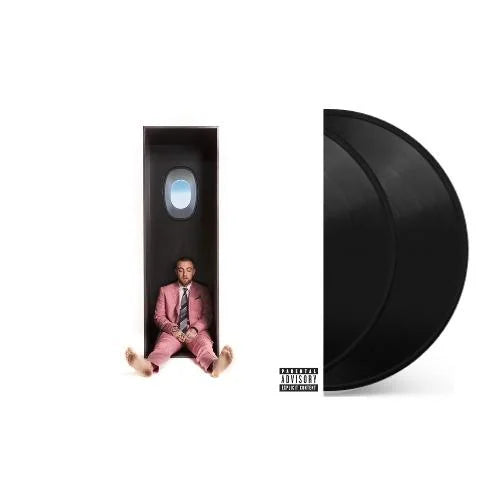
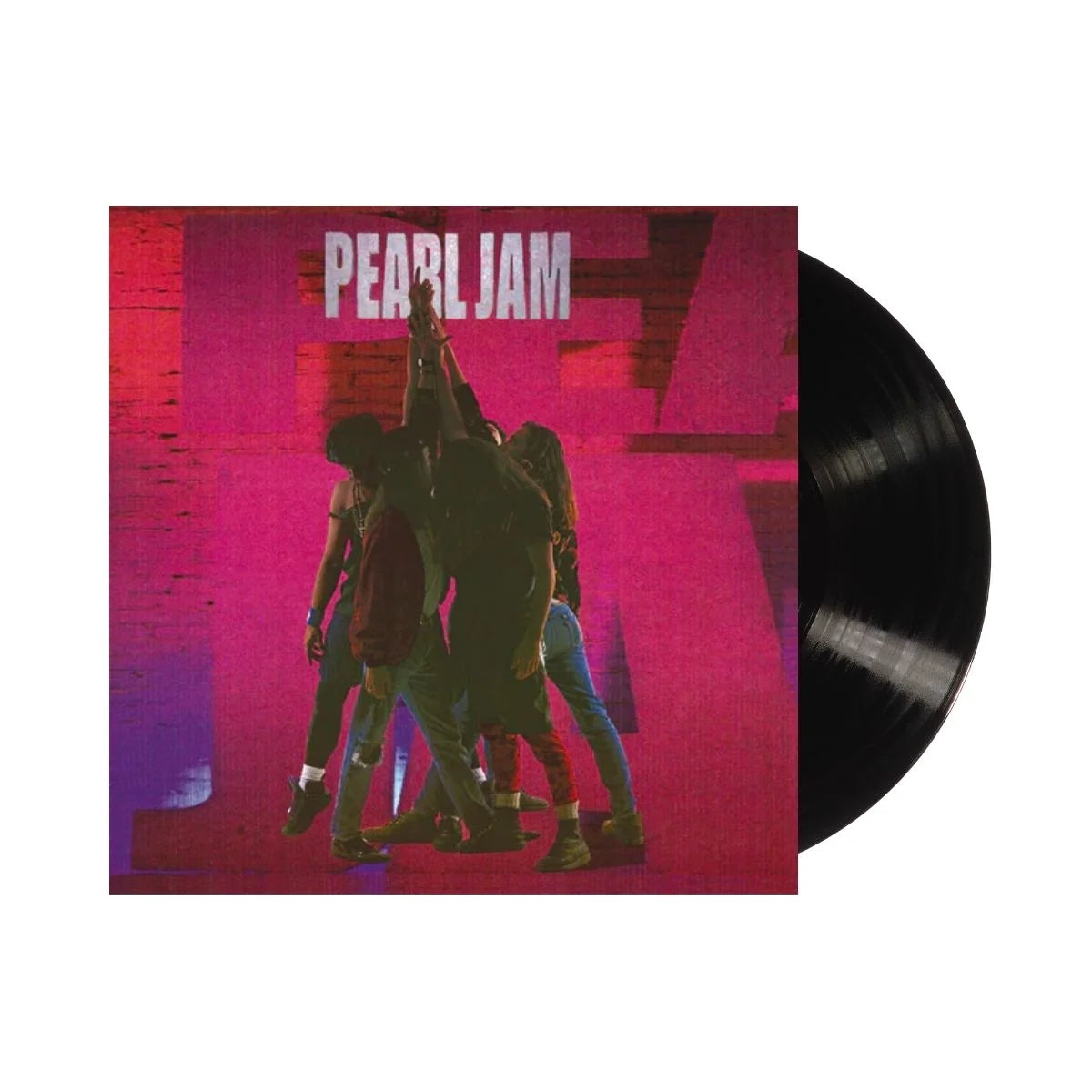
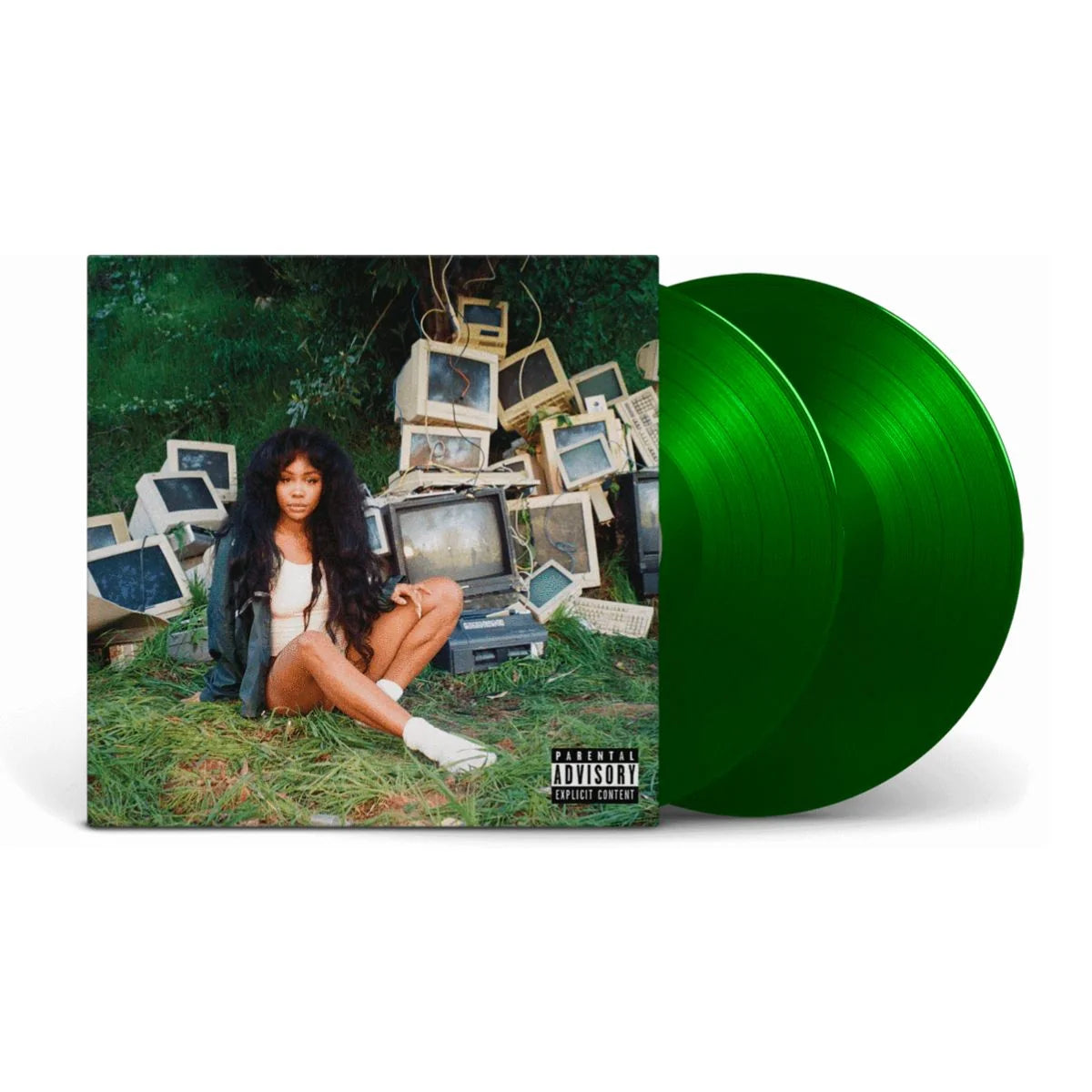
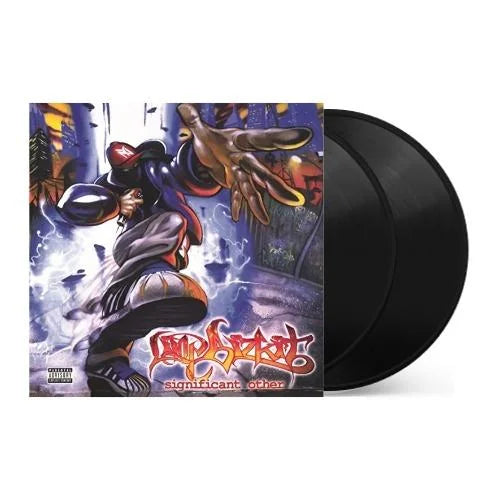
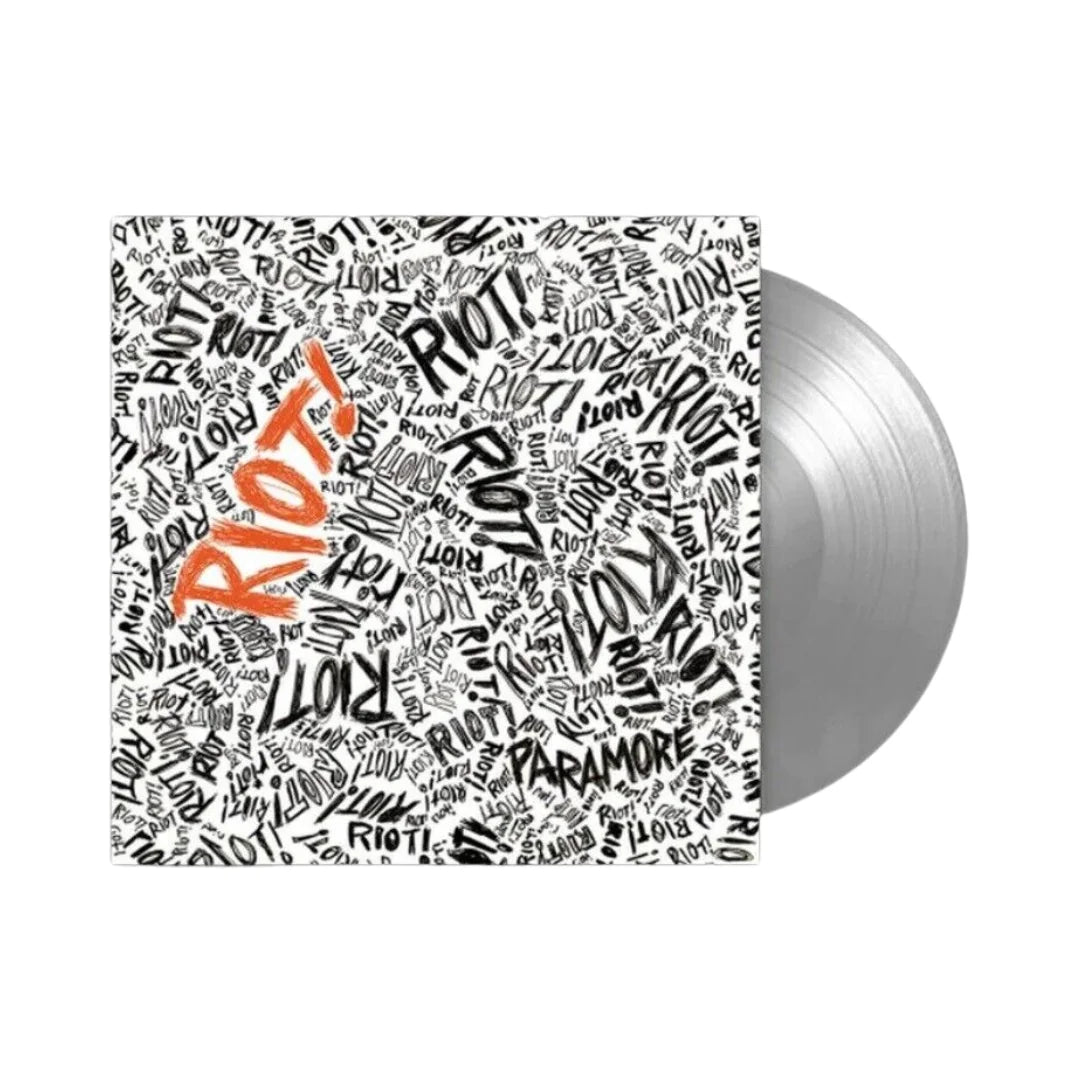
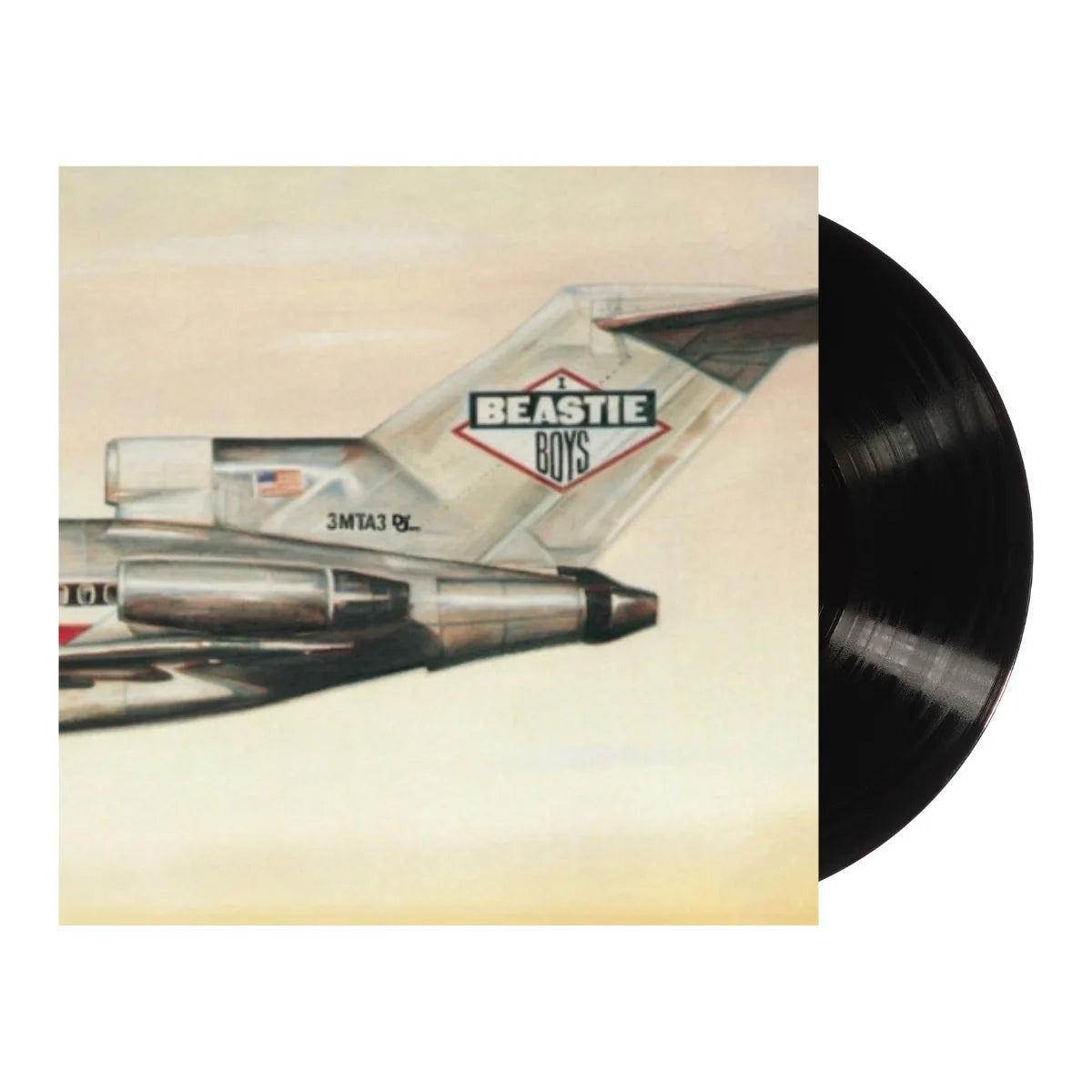
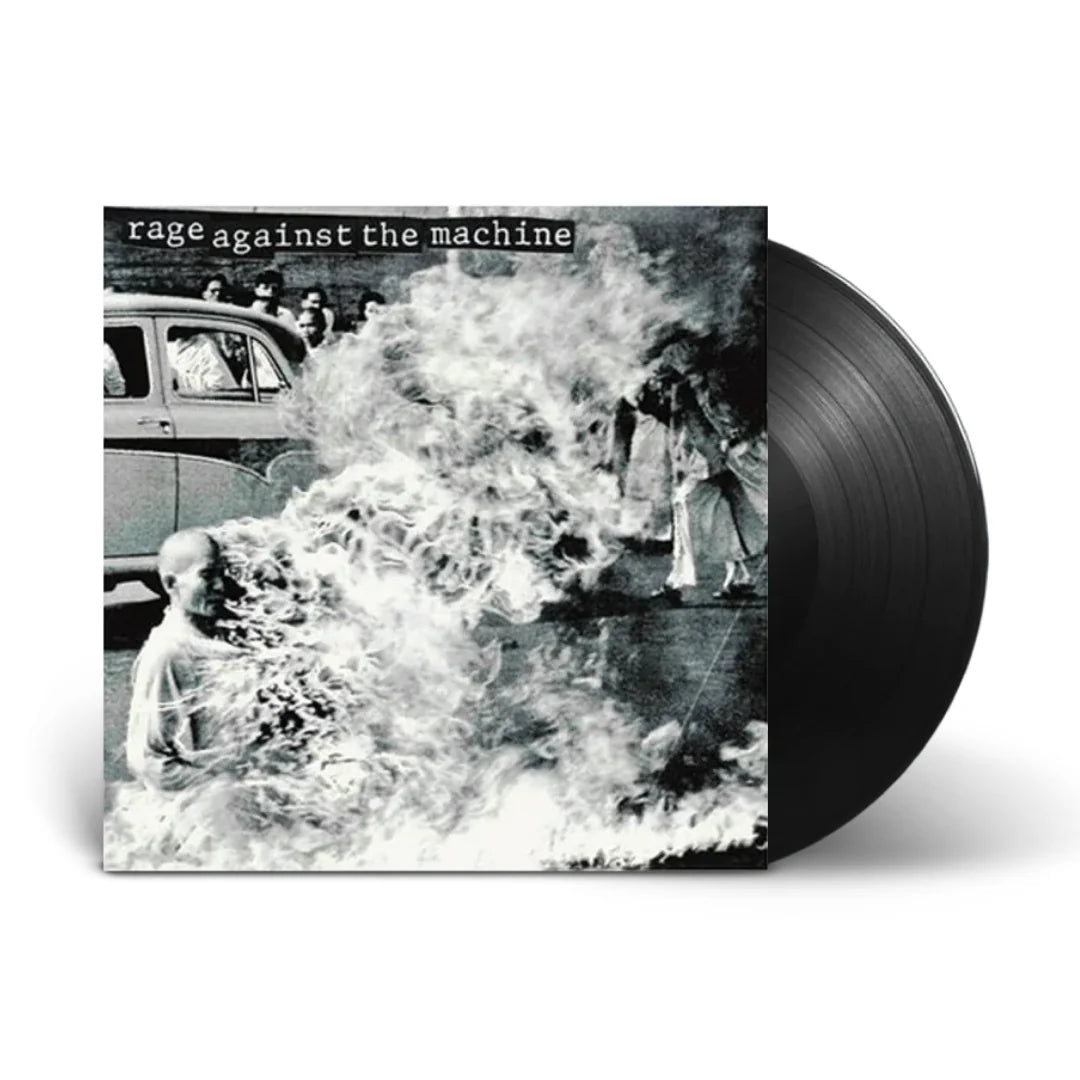
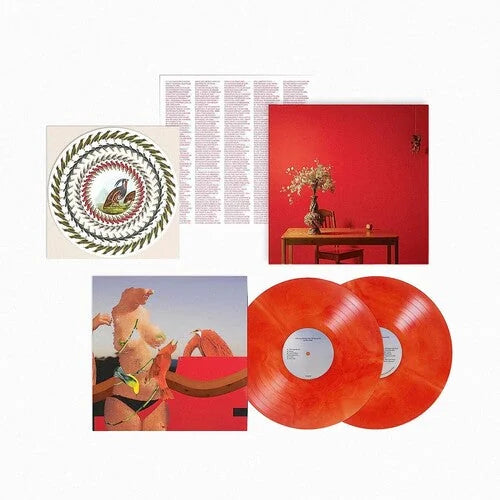
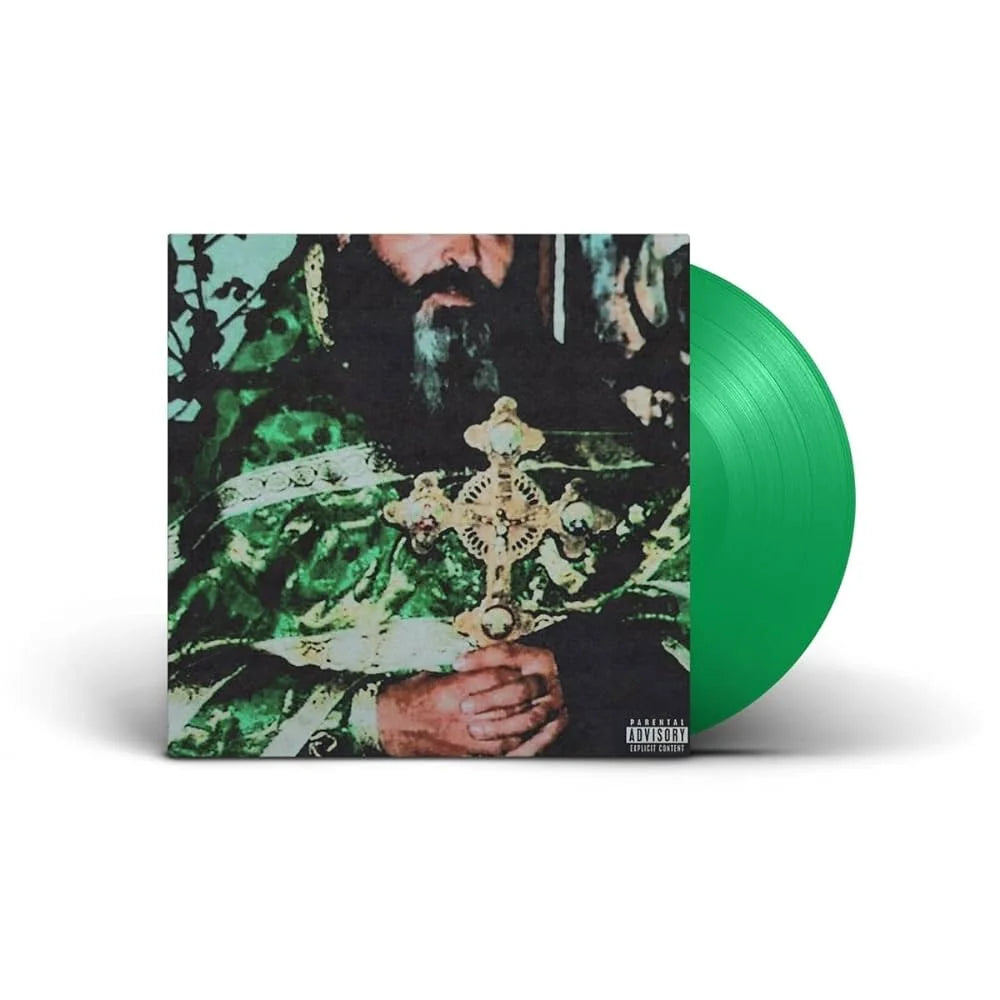
![(hed) p.e. - New And Improved [Pink]](http://vinyl.com/cdn/shop/files/4425252-3389420.jpg?v=1746578880&width=5760)
![1 Locate S - Wicked Jaw [Sky Blue]](http://vinyl.com/cdn/shop/files/4217742-2982879.jpg?v=1693273095&width=5760)



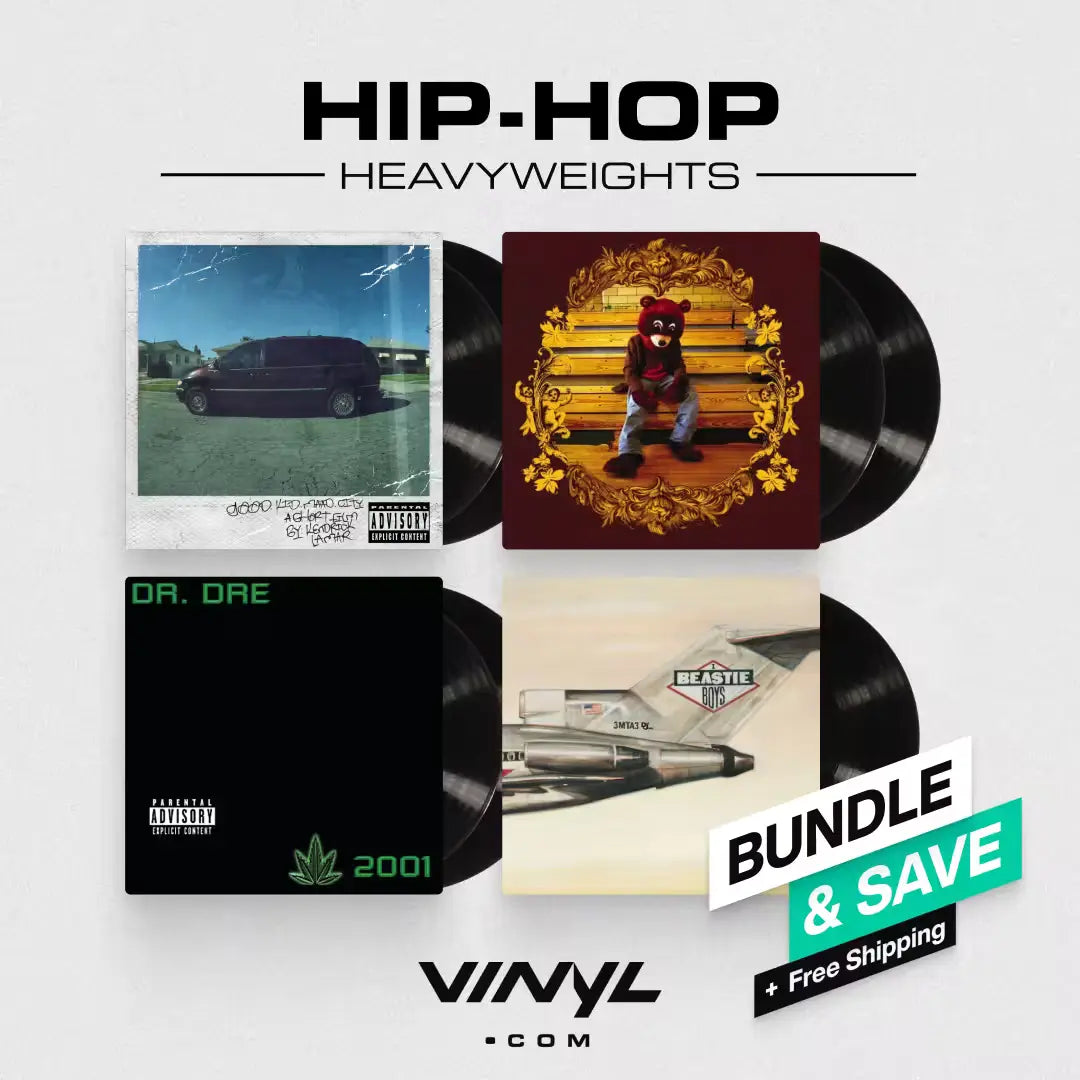


![The Grateful Dead - The Music Never Stopped [6LP Box Set]](http://vinyl.com/cdn/shop/files/The_Grateful_Dead-The_Music_Never_Stopped__6LP_Box_Set.jpg?v=1747729623&width=5760)

![Fleetwood Mac - Fleetwood Mac 1975 To 1987 [Clear 6LP Box Set]](http://vinyl.com/cdn/shop/files/2RHILP81833__61378.jpg?v=1743391443&width=5760)
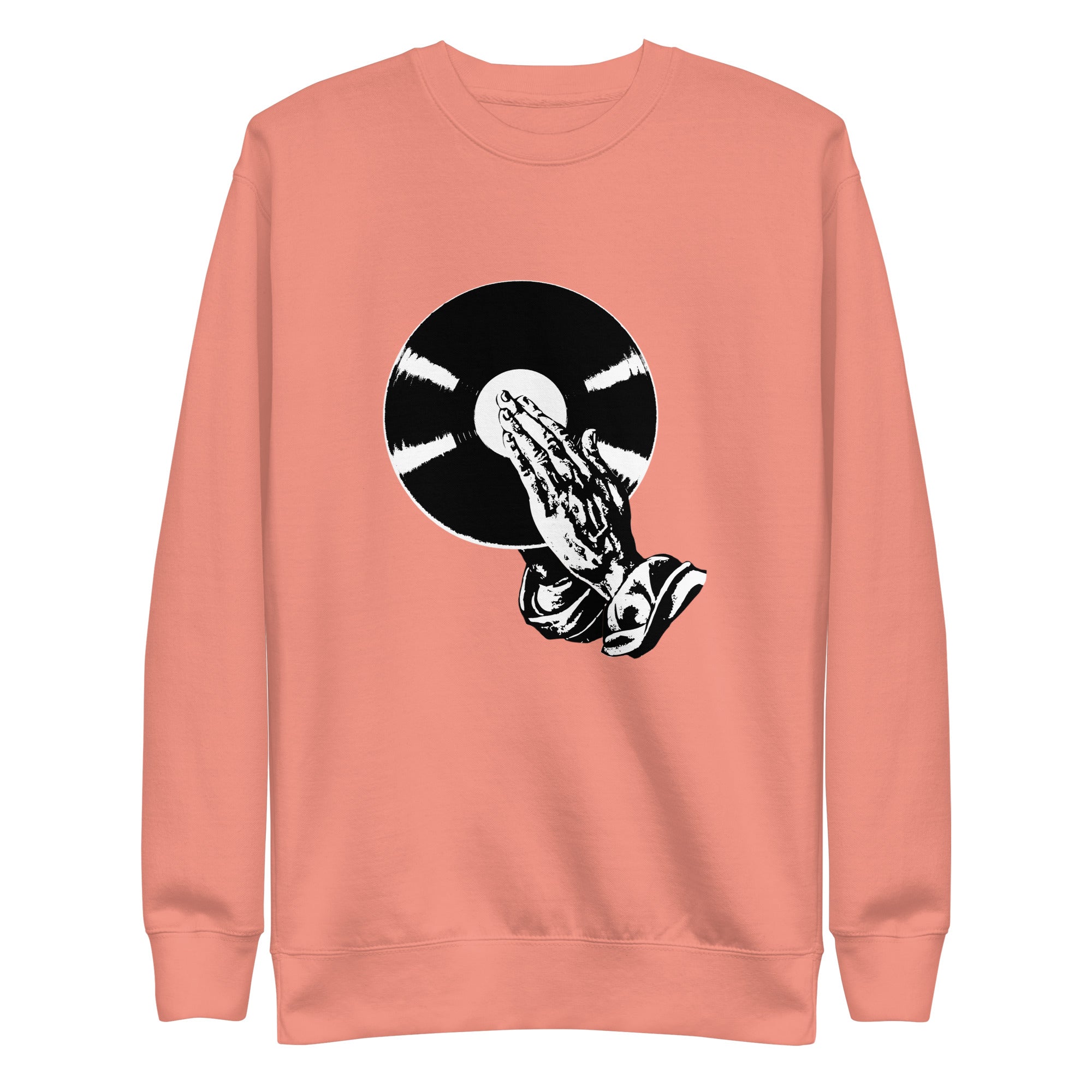
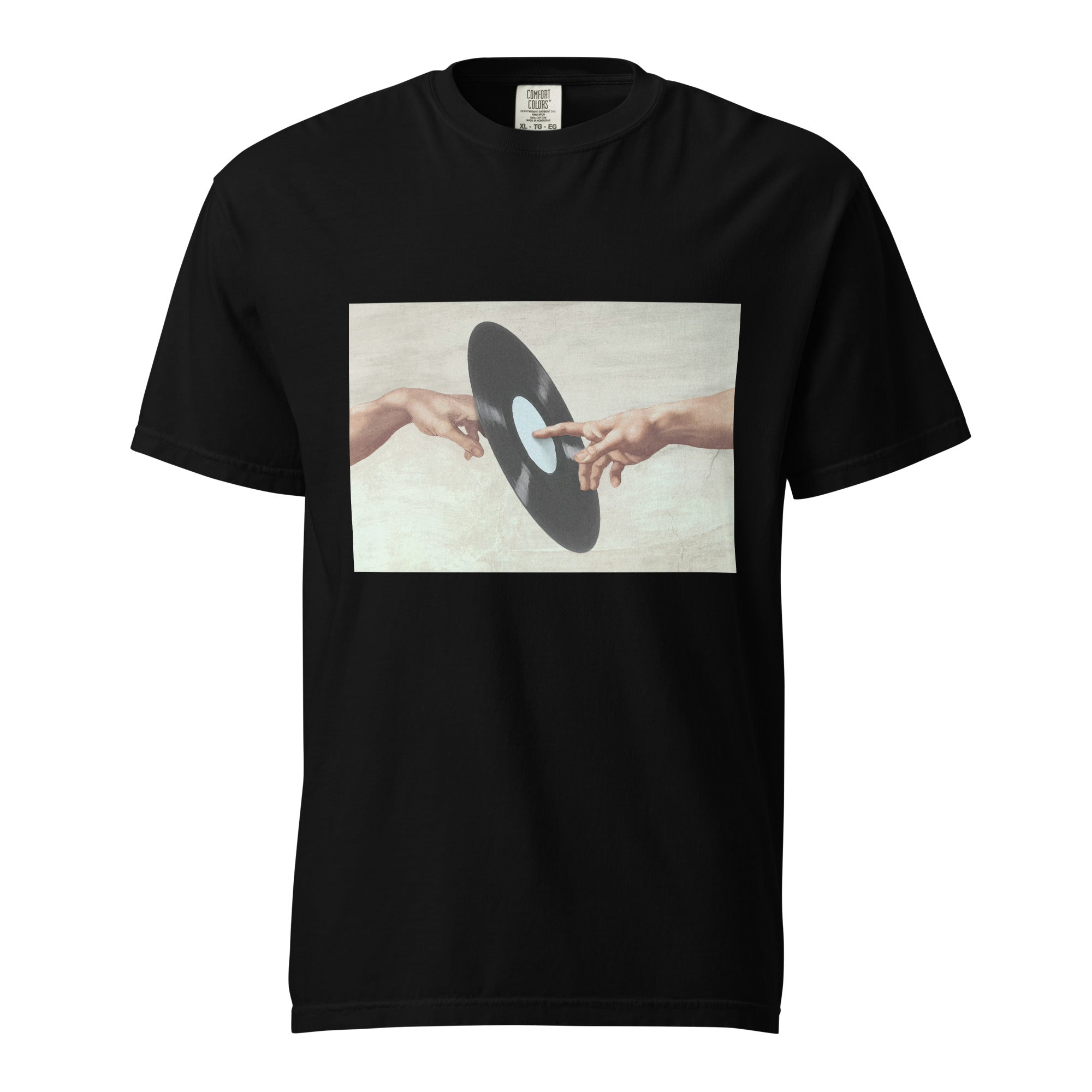
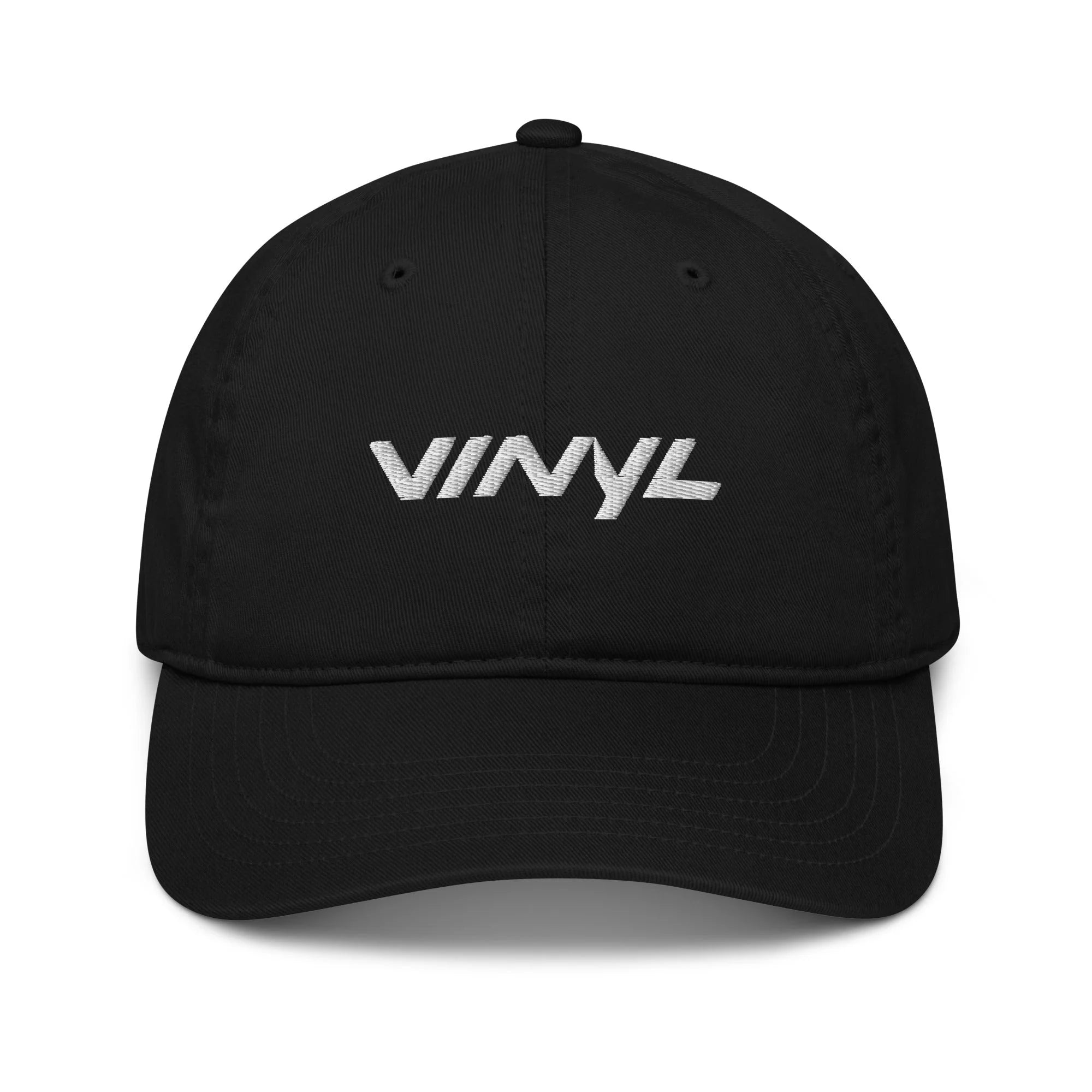
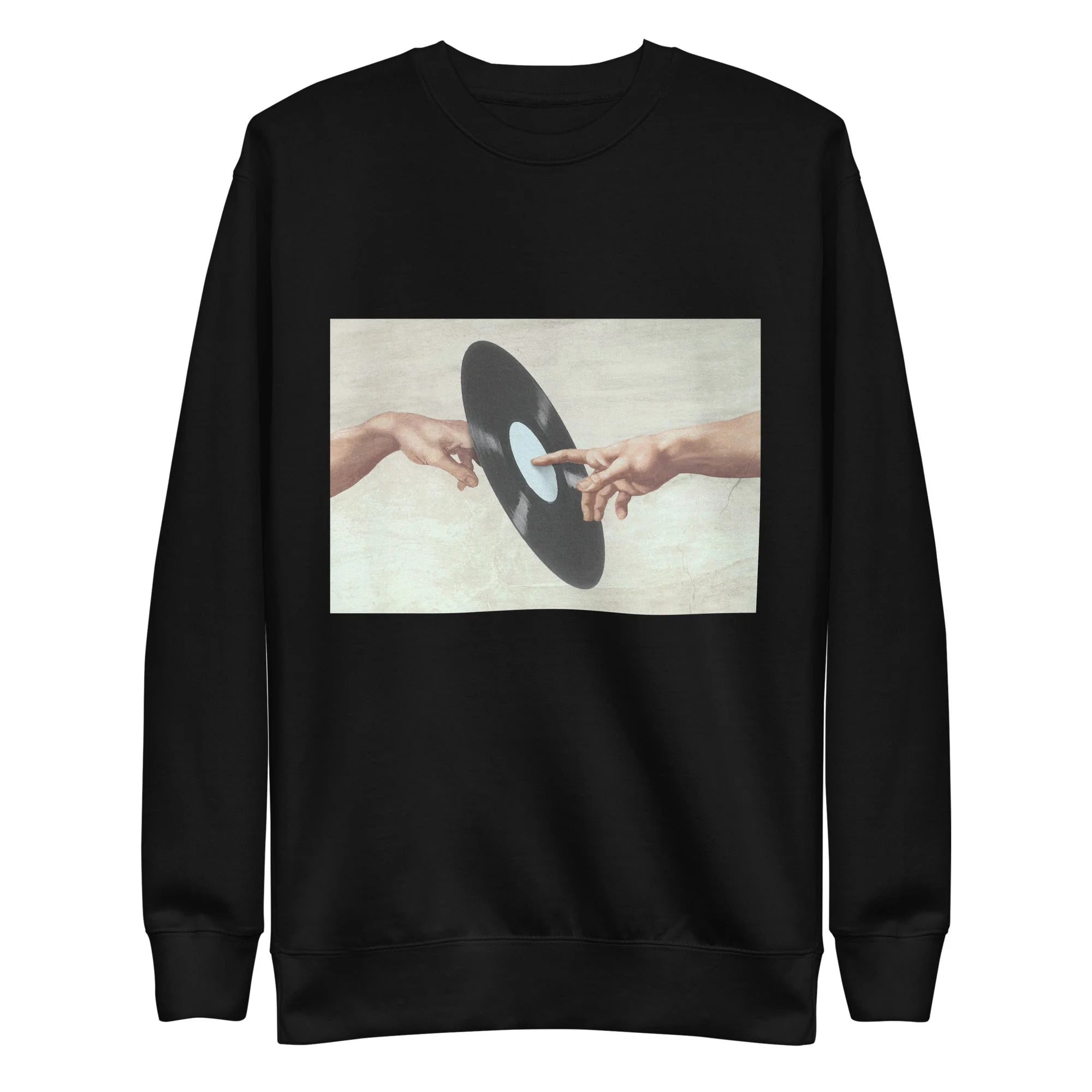
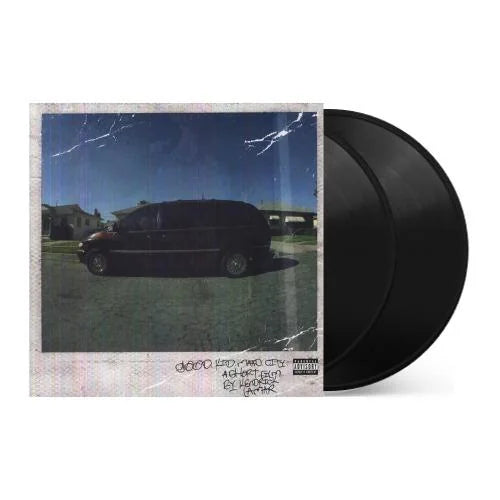
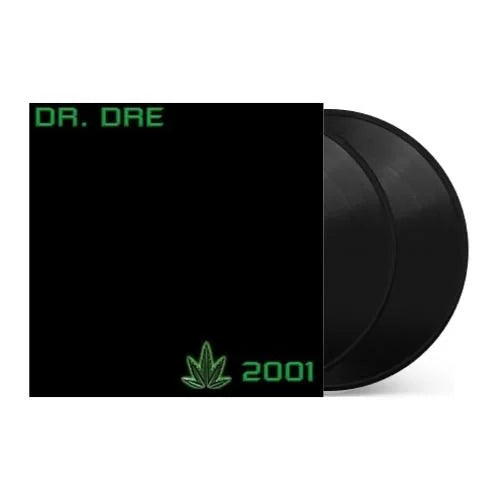
![Taylor Swift - 1989 (Taylor's Version) [2LP Crystal Skies Blue]](http://vinyl.com/cdn/shop/files/taylor_swift_1989_taylors_version.jpg?v=1734389117&width=5760)
![Taylor Swift - folklore [Beige 2LP]](http://vinyl.com/cdn/shop/files/477929-Product-0-I-637317959467683009_grande_a6f82db0-1cb7-45c5-8892-ed79af261e80.webp?v=1736750683&width=5760)
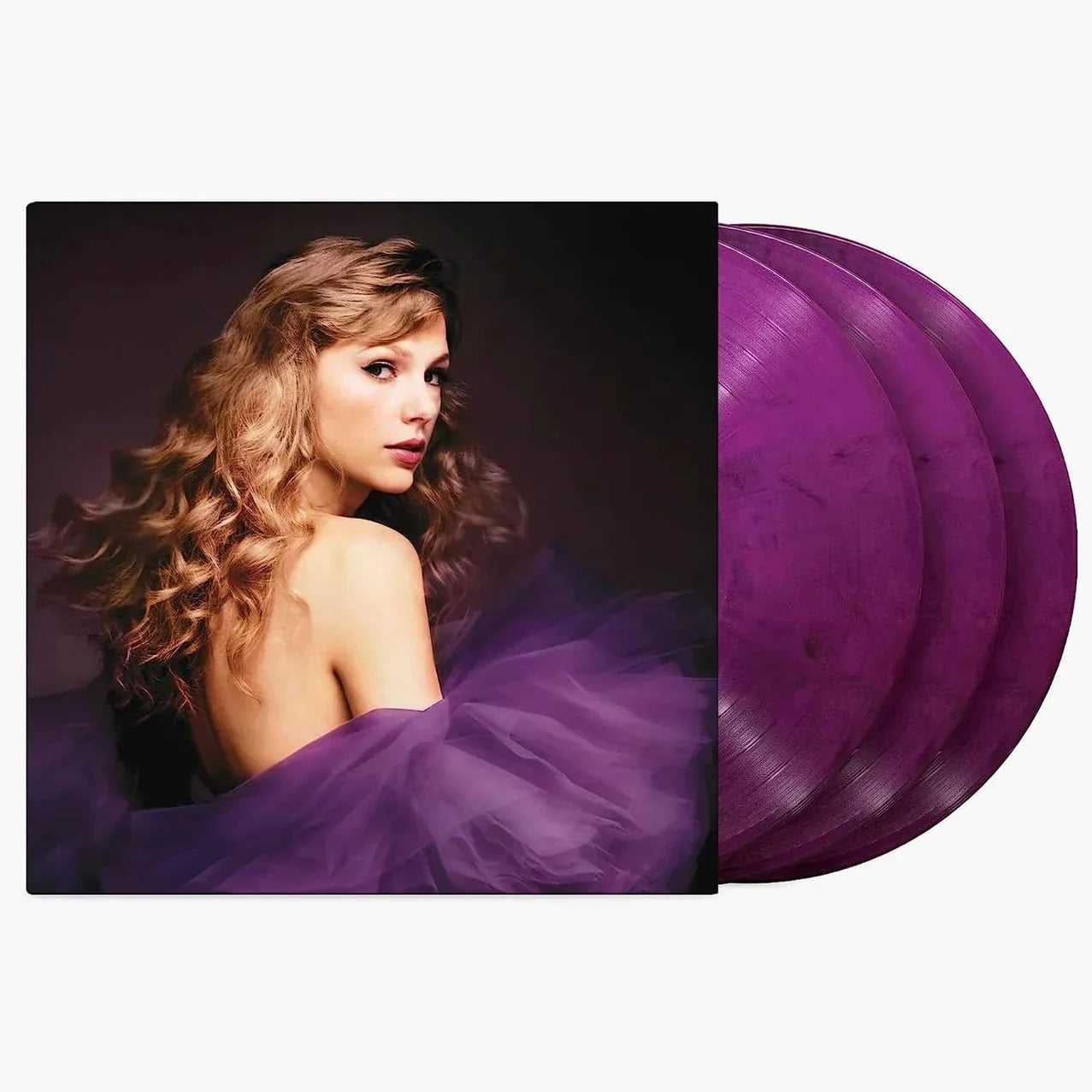
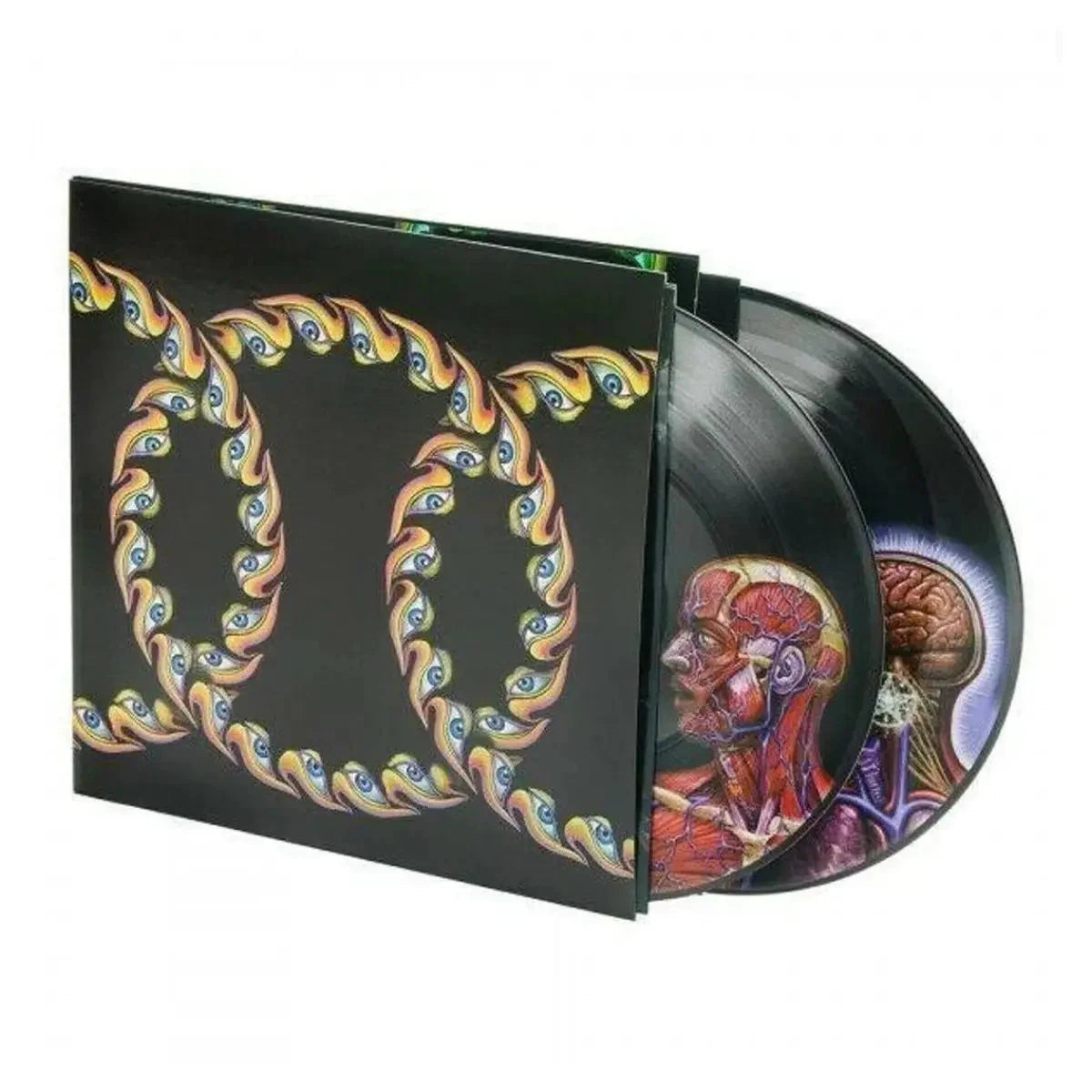
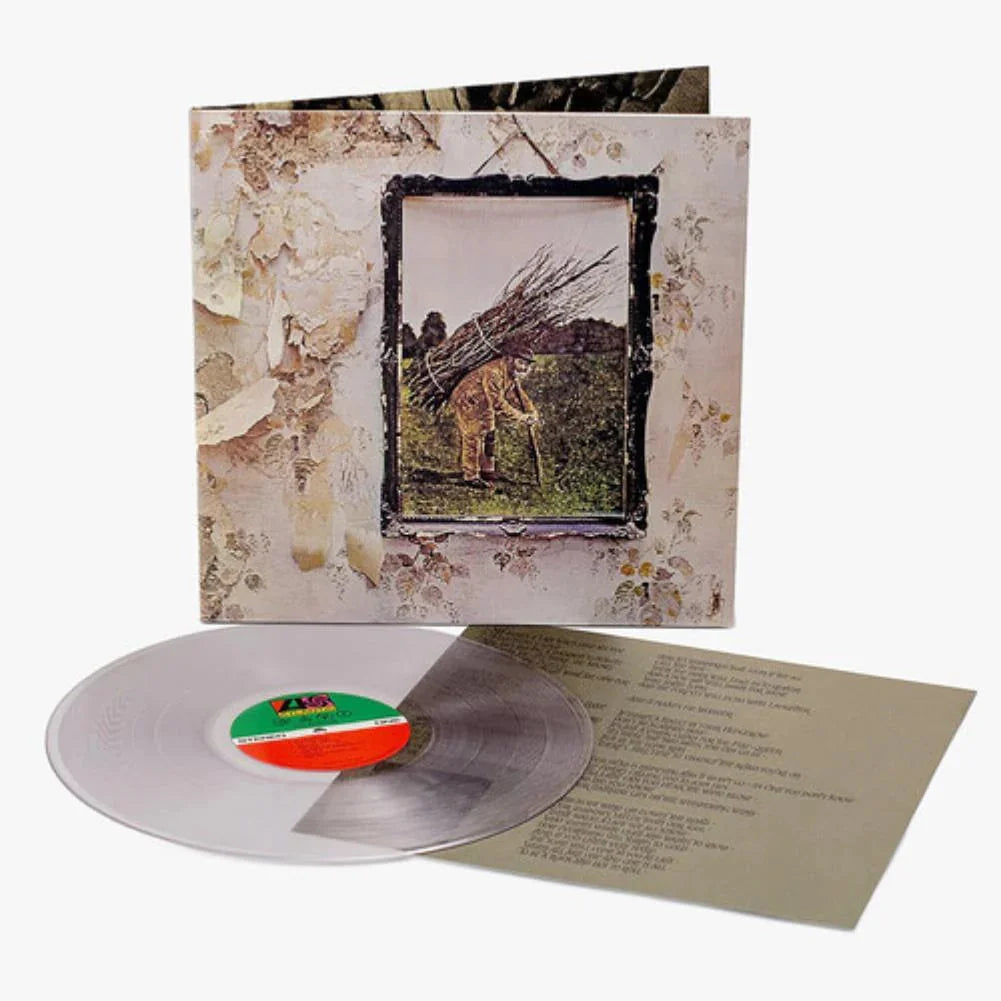
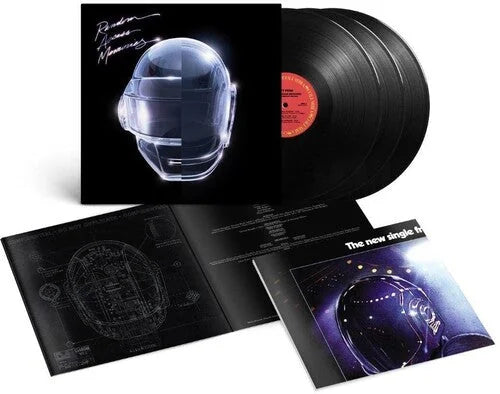
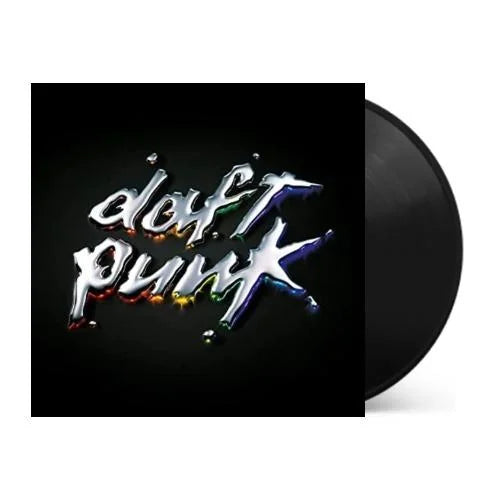
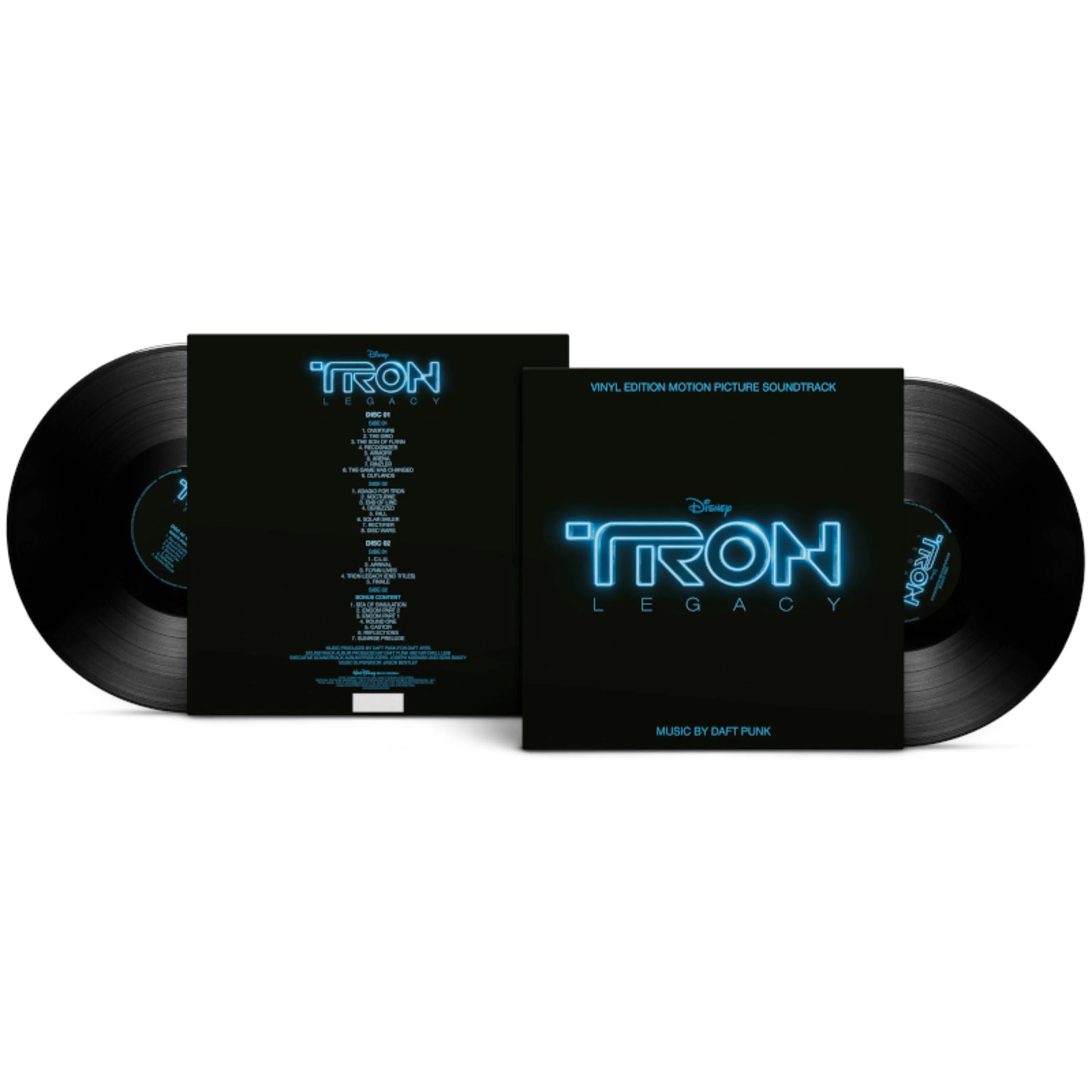
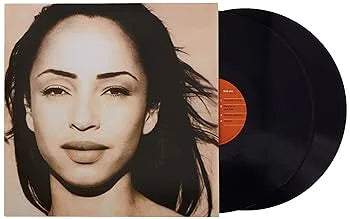
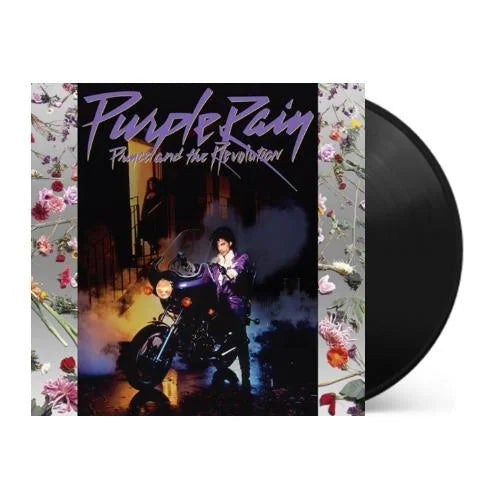
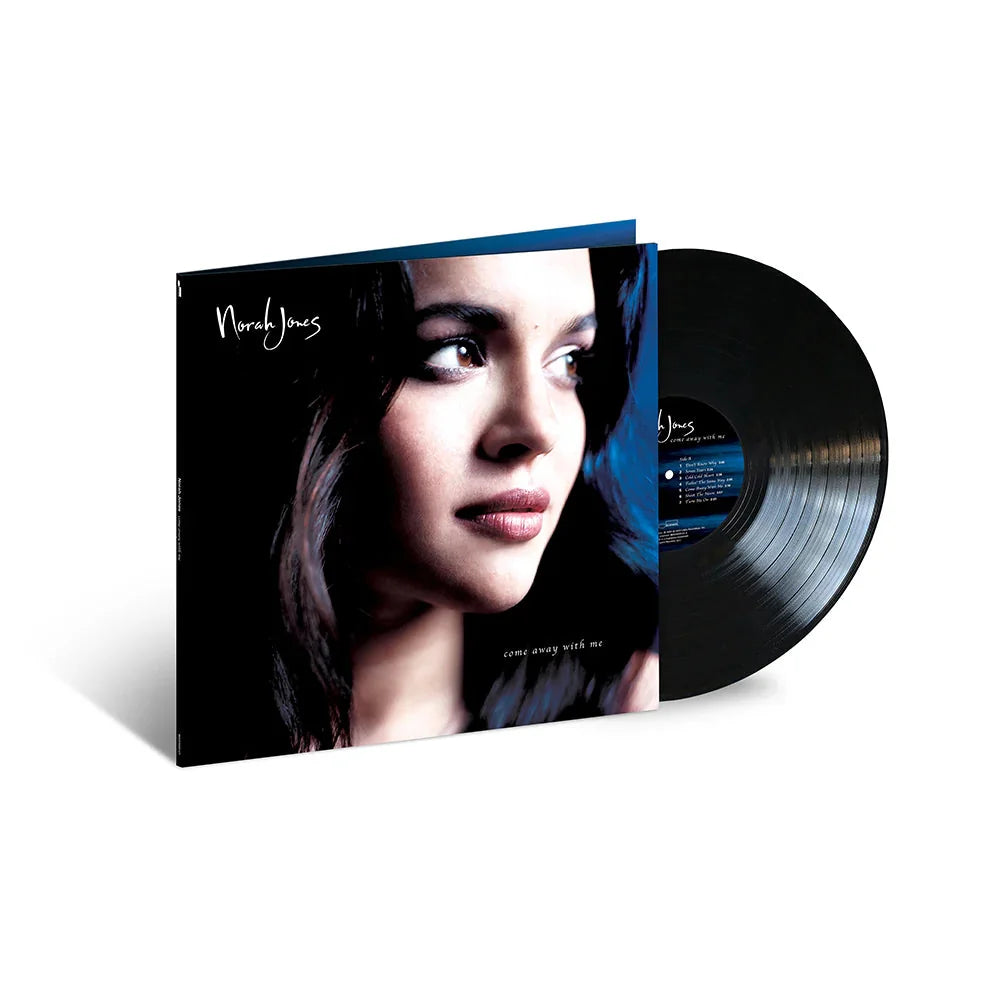
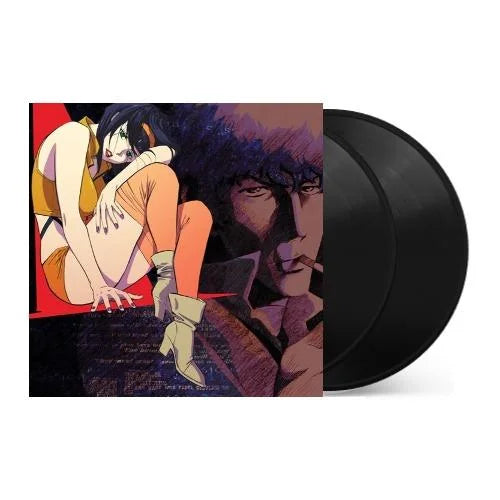
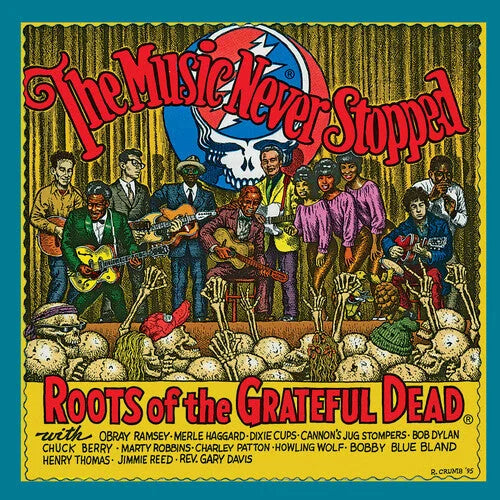
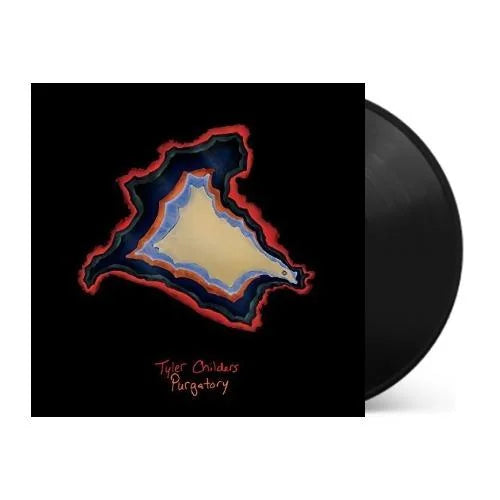
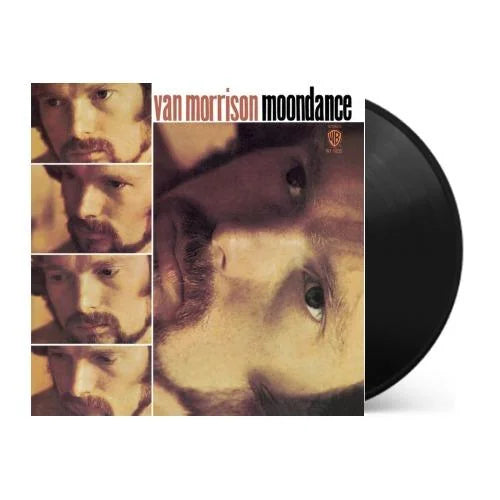

![Debbie Harry - KooKoo [2LP Clear]](http://vinyl.com/cdn/shop/files/4025259-2960387.jpg?v=1682465873&width=5760)

![Miles Davis - Kind of Blue [180-gram]](http://vinyl.com/cdn/shop/files/Y4LPMD03.webp?v=1742198237&width=5760)
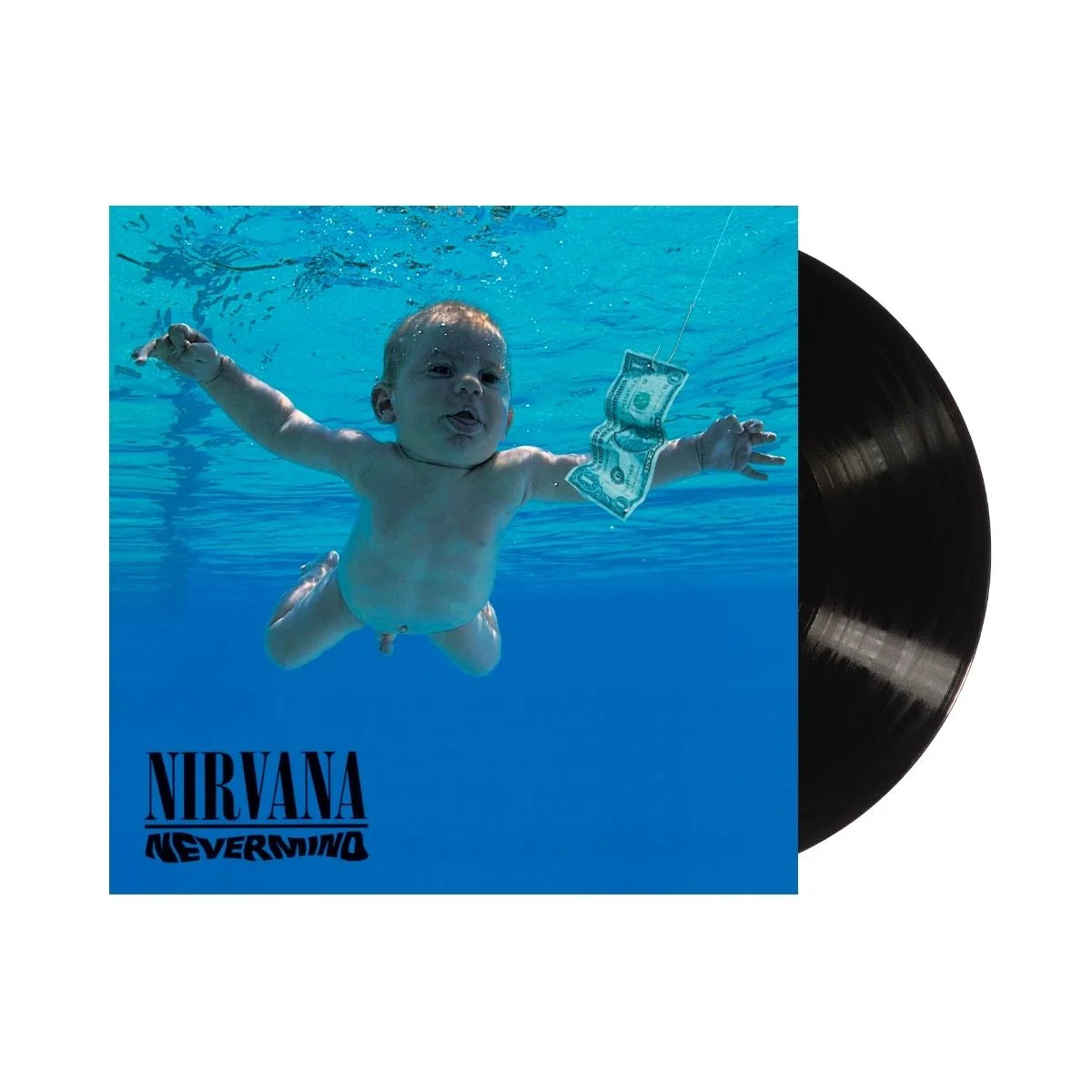
![Various Artists - Once Upon A Time: The Tarantino Sound [Red 180-Gram]](http://vinyl.com/cdn/shop/files/4376720-3283530.jpg?v=1733870948&width=5760)
